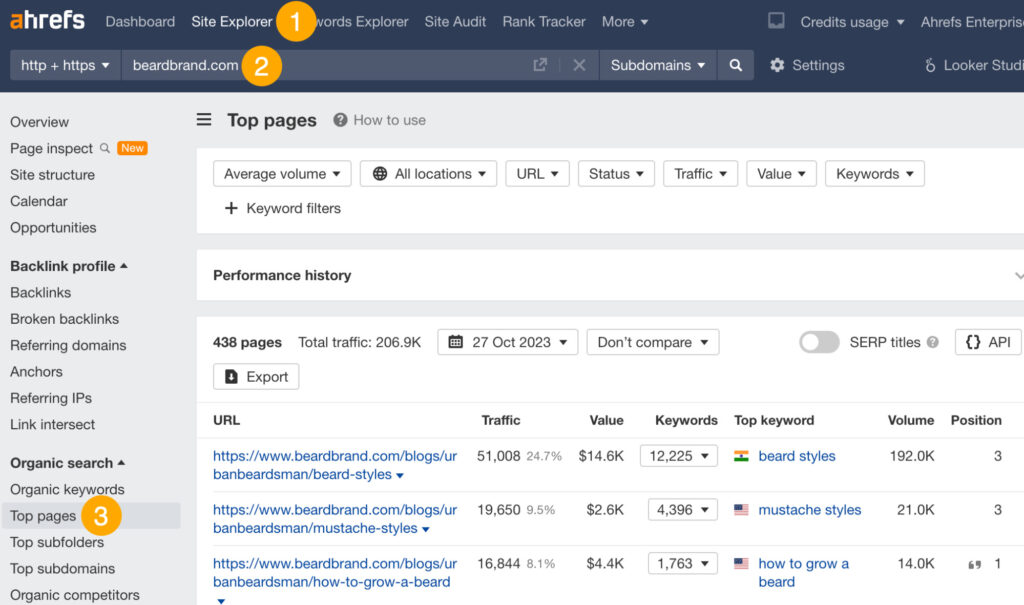Looking to up your content marketing game? Look no further! This article provides you with 17 actionable tips that can take your content strategy from good to great. From focusing on SEO and targeting topics that people are searching for, to creating shareable images and repurposing top-performing content, these tips will help you engage your audience, improve your rankings, and drive more visitors, leads, and sales. So, get ready to level up your content marketing efforts and start seeing real results!
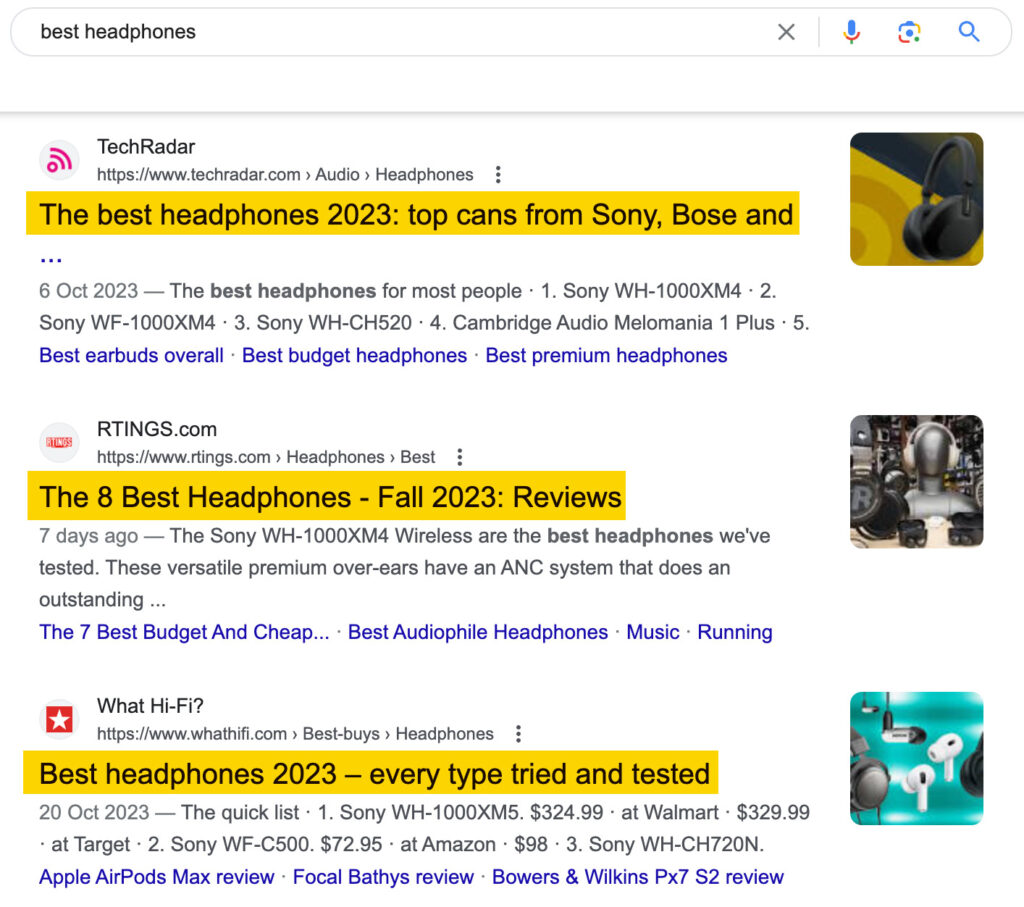
Focus on SEO and target topics
When it comes to content marketing, one of the first things you need to do is focus on search engine optimization (SEO). This means identifying popular search terms that people are actively searching for. By targeting these topics, you can increase your chances of ranking higher in search engine results and attracting more organic traffic to your website.
To identify popular search terms, you can utilize keyword research tools. These tools will provide you with insights on the search volume and competition level for different keywords. By understanding what people are searching for, you can tailor your content to match their needs and interests.
Once you have identified the target keywords, it’s important to optimize your content accordingly. This includes incorporating the keywords naturally throughout your content, including in the title, headings, and meta descriptions. By optimizing your content for target keywords, you can improve your chances of ranking higher in search engine results and attracting more organic traffic to your website.
Know your audience and create appealing content
To create successful content, it’s important to know your audience. Conducting audience research will help you gain insights into their preferences, interests, and pain points. This information will enable you to create content that appeals to them and addresses their needs.
Creating buyer personas can also be helpful in understanding your audience. A buyer persona is a fictional representation of your ideal customer. By creating detailed buyer personas, you can tailor your content to meet the specific needs and preferences of your target audience.
When creating content, it’s important to keep your audience preferences in mind. This includes using language and tone that resonates with them, and creating content in their preferred formats such as articles, videos, or infographics. By catering to your audience preferences, you can increase engagement and encourage them to consume and share your content.
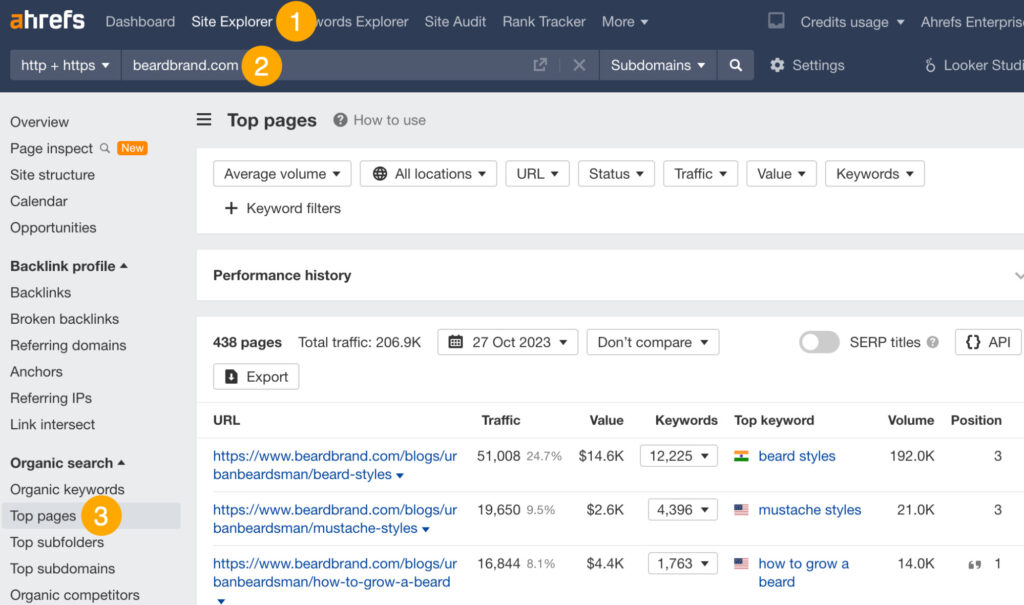
Replicate competitors’ successful topics
Analyzing your competitors’ content can provide valuable insights and ideas for your own content marketing strategy. By studying their top-performing topics, you can identify what resonates with your target audience and replicate their success.
Start by analyzing your competitors’ content in your industry. Look at the topics they cover, the formats they use, and the engagement they receive. Identify the top-performing topics based on metrics such as social shares, comments, and backlinks.
Once you have identified the top-performing topics, it’s important to create your own unique content. While it’s okay to draw inspiration from your competitors, it’s crucial to add your own unique perspective and value to the content. This will help you differentiate yourself from your competitors and attract your own audience.
Prioritize topics with business value
When choosing topics for your content marketing efforts, it’s important to prioritize those that have business value. This means focusing on topics that are relevant to your industry and have the potential to generate sales or leads for your business.
Identify topics that are popular in your industry and align with your target audience’s interests. Look for topics that are directly related to your products or services, as these have a higher chance of generating sales or leads.
Aligning your content with your business goals is crucial. For example, if your goal is to drive sales, create content that showcases the benefits and features of your products or services. If your goal is to generate leads, create content that offers valuable information or resources in exchange for contact information.
By prioritizing topics with business value, you can ensure that your content marketing efforts are aligned with your overall business objectives.
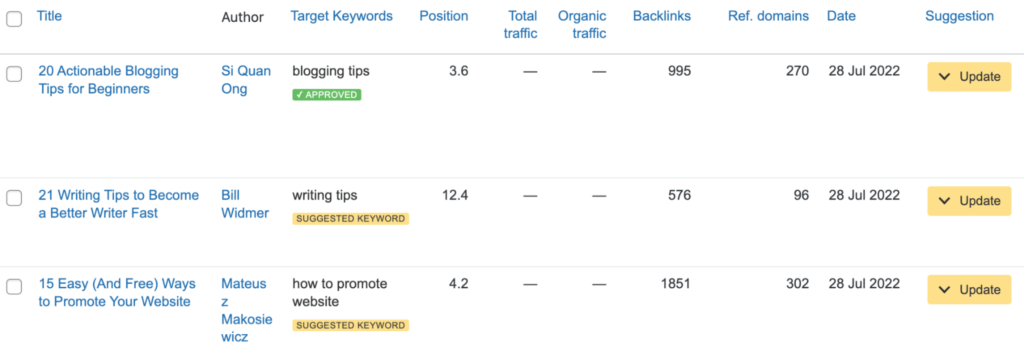
Optimize content for search intent
Understanding user search intent is key to optimizing your content for search engine rankings. Search intent refers to the reason behind a user’s search query, and it can be categorized into four main types: informational, navigational, commercial, and transactional.
Informational intent is when a user is looking for information or answers to their questions. Navigational intent is when a user is looking for a specific website or web page. Commercial intent is when a user is looking for information about a product or service. Transactional intent is when a user is looking to make a purchase or complete a specific action.
To create content that matches user intent, it’s important to understand the intent behind the keywords you are targeting. For example, if the keyword has informational intent, your content should provide valuable information and answer the user’s query. If the keyword has commercial intent, your content should focus on showcasing the benefits and features of your product or service.
By optimizing your content for search intent, you can improve your organic rankings on search engines like Google and attract more targeted traffic to your website.
Create a content calendar
To ensure consistent content delivery and organization, it’s important to create a content calendar. This calendar will help you plan and schedule your content creation and publication.
Start by brainstorming content topics that align with your target keywords, audience preferences, and business goals. Once you have a list of topics, organize them in your content calendar by assigning specific dates or timeframes for each piece of content.
Creating a content calendar not only helps you stay organized, but it also ensures that you have a consistent flow of content being published. This consistency is important for building trust with your audience and establishing yourself as a reliable source of information.
Additionally, a content calendar allows you to strategically plan and coordinate your content across different channels and platforms. This ensures that your content is reaching your target audience effectively and maximizing its impact.
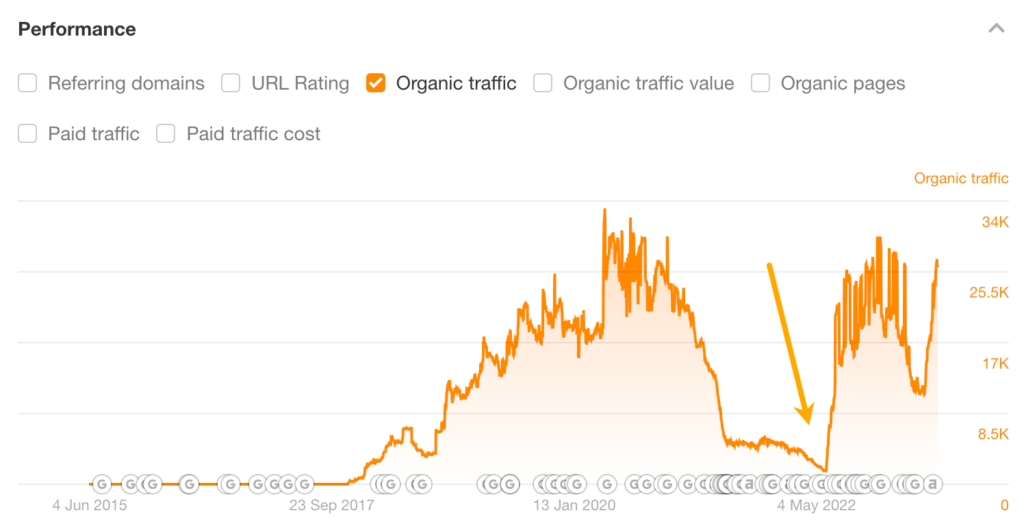
Design shareable images
Visual content, such as images, can enhance the appeal and engagement of your content. By designing shareable images, you can simplify complex topics, make your content more visually appealing, and encourage social media sharing.
When designing shareable images, it’s important to simplify complex topics. Use visuals such as infographics or diagrams to break down complex information into easily digestible visuals. This not only makes the content more engaging but also helps the audience understand the information better.
Create visually appealing and informative images that align with your content. Use high-quality images, attractive colors, and clear fonts to enhance the visual appeal. Ensure that the images provide additional value or insights to your content, rather than being just decorative.
Encourage social media sharing by including social sharing buttons or prompts within your content. This makes it easy for your audience to share your content and images on their own social media platforms, increasing your content’s reach and visibility.
Promote content across channels
Creating great content is just the first step. To maximize its impact, it’s important to promote your content across various channels and platforms.
Utilize social media platforms to share your content with your audience. Choose the platforms that your target audience is most active on and share your content regularly. Be sure to optimize your posts for each platform and tailor your messaging to fit the platform’s tone and audience.
Leverage email marketing to promote your content to your subscribers. Send out newsletters or email updates with links to your latest content. Personalize the emails and make them engaging to encourage click-throughs.
Engage with online communities and participate in relevant discussions or forums. Share your content within these communities and provide value to the members. This not only promotes your content but also helps you build relationships and establish yourself as an authority in your industry.
By promoting your content across channels, you can reach a wider audience and increase the visibility and engagement of your content.

Repurpose top-performing content
Repurposing your top-performing content allows you to reach new audiences and maximize your content’s reach and impact.
Adapt your content for different formats to cater to different preferences and consumption habits. For example, if you have a popular blog post, you can turn it into a video or infographic. This allows you to reach people who prefer visual content or who may not have come across your original blog post.
Reach new audiences through different channels by repurposing your content. For example, if you have a popular article, you can turn it into a podcast episode or a guest blog post for another website. This allows you to tap into new audiences and expand your reach beyond your own platforms.
Maximize the reach and impact of your content by repurposing it with a fresh twist or angle. Update the content with new information or insights, or provide a different perspective on the topic. This ensures that your content remains relevant and valuable to your audience.
By repurposing your top-performing content, you can extend its lifespan, reach new audiences, and increase its impact on your content marketing efforts.
Implement these tips for better content marketing
Implementing these tips can improve your content marketing efforts and drive more website traffic, capture more leads, and ultimately drive sales and revenue.
By focusing on SEO and targeting topics that people are actively searching for, you can increase your chances of attracting organic traffic to your website.
Knowing your audience and creating appealing content that caters to their preferences and needs will help you increase engagement and build a loyal following.
Replicating your competitors’ successful topics and adding your own unique perspective or value will help you attract your own audience and differentiate yourself from your competitors.
Prioritizing topics with business value and aligning your content with your business goals will help you generate sales or leads and drive overall business growth.
Optimizing your content for search intent will help you rank higher on search engine results pages and increase organic traffic to your website.
Creating a content calendar and organizing and scheduling your content will help you stay organized and ensure consistent delivery of valuable content.
Designing shareable images that simplify complex topics and encourage social media sharing will help you increase the visibility and engagement of your content.
Promoting your content across various channels and platforms will help you reach a wider audience and increase the visibility and impact of your content.
Repurposing your top-performing content into different formats and reaching new audiences will help you maximize the reach and impact of your content.
By implementing these tips, you can enhance your content marketing strategy and achieve better results in terms of website traffic, leads, and sales.
